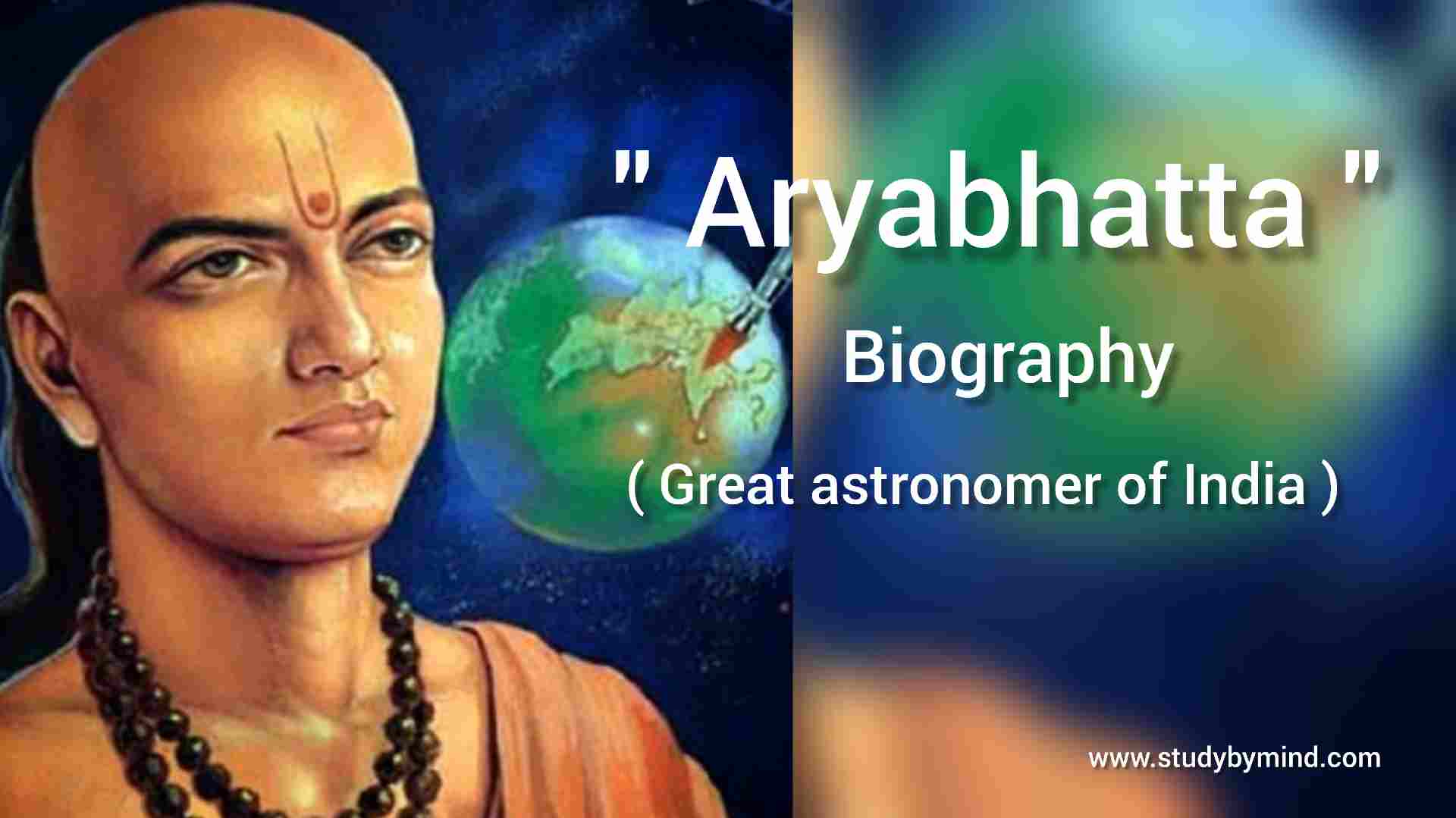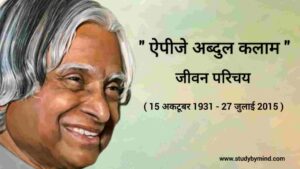Aryabhatta
Aryabhatta is counted among the great astronomers of India. He put the secrets of the universe in front of the world at that time, when the whole world could not even learn to count properly. Aryabhatta Great Astronomer of India, Aryabhata Biography (Birth, Death and Compositions). This is the reason that when the Government of India on 19 April 1975, when they launched their first artificial satellite, they named it “Aryabhata”. Some people also write Aryabhata as “Aryabhata”, but this is incorrect. His real name is Aryabhatta. The word Bhat means “warrior”.
आर्यभट्ट की जीवनी हिंदी में – “Click here”

Born – 476 AD
Death – 550 AD
Aryabhatta’s early life
Some scholars are of the opinion that Aryabhatta was born in Kusumpur. Kusumpur is considered a city of Pataliputra (now Patna). While some scholars consider Pataliputra as Kusumpur. The reason for this confusion is that Aryabhata did not give any information about himself in his book. He has written that 3600 years of Kali Yuga have passed and my age (age) is 23 years. According to the Indian time calculation, the beginning of Kali Yuga is considered to be in 3101 AD. In this way, the composition period of Aryabhata stands at 499 AD. Thus Aryabhata was born in 476, most scholars consider Aryabhata’s birth place to be Kerala because most of the texts of Aryabhata’s book ‘Aryabhatiya’ were composed in South India and especially in Kerala. From this it is clear that Aryabhata was born in Kerala itself.
Aryabhata’s education
Aryabhatta went to Kusumpur for higher education and spent a lot of time there. Bhaskara I (629 AD) has identified Kusumpur as Pataliputra (modern Patna). At that time the name of its kingdom was Magadha and its capital was Pataliputra. At that time Nalanda University was established in Pataliputra. There was a world renowned center of that study. Aryabhata, which became very famous in time.
Aryabhatta’s compositions
It is believed that Aryabhatta composed three texts in Sanskrit language. Its names are Dashgitika, Aryabhata, and Tantra. But today only 34 verses of this book are available. The name of the main text of Aryabhata is ‘Aryabhatiya’ (some people also call it ‘Aryabhatiya’). In this, square root, money root, parallel series and different types of equations have been described. Aryabhatiya is an important work of ancient India. Aryabhata has written it in the form of Sanskrit shlokas. In this book written in Sanskrit language, revolutionary formulas related to mathematics and astronomy were given. There are total 121 verses in the book. These are divided into four sections. The names of these sections are Geetikapad, Ganitapada, Kalakriyapad and Golapada.
–Geetikapada: This is the shortest part of the four volumes of Aryabhatiya. It has total 13 verses. The first verse of this section is invocation. This and 9 other verses of this section are in Geetika verses. That’s why this section is called Geetikapada.
– Ganitapada: Mathematics has been discussed in this section. It has total 33 verses. This section deals with Arithmetic, Algebra, and Geometry.
–Kalkriyapada: Kalakriyapada means calculation of time. There are verses in this section. This section focuses on astronomy. It describes the division of time and circle, solar year, lunar month, constellation day, interstellar month, motions.
–Golpada: This is the largest and most important section of Aryabhata. There are total 50 verses in this section. In this section, the method of representation of planetary motions in a celestial sphere is explained. Aryabhata says that the earth is the center of the universe and rotates in its place. In fact, Aryabhata was the first Indian astronomer.
Aryabhatta and Astronomy
Aryabhatta was a remarkable scientist. He studied the sky without binoculars etc. He told such important formulas of astronomy.
1. Earth rotates on its axis: At that time it was believed that the earth is stationary and all astronomy revolves around it. Aryabhata found from his study that this theory is wrong. He said that the earth is round, it rotates on its axis, that is why we see it rotating round.
2. The period of the celestial bodies: Aryabhatta, from his experience, had told the period of rotation of the earth on its axis with respect to the fixed stars. He told that the Earth makes one revolution in 23 hours, 56 minutes and 4.1 seconds. Whereas the actual rotation time of the Earth is 23 hours 56 minutes and 4.091 seconds. This time is almost equal to the value calculated by Aryabhata. Similarly Aryabhata told that 1 year is 365 days, 6 hours, 12 minutes and 30 seconds.
Aryabhatta’s legacy
Aryabhatta was sharply criticized by his contemporary and paradoxical astronomer. Astronomer Brahmagupta criticized Aryabhata for dividing the yuga into four equal parts to calculate the speed of rotation of the earth. But he believed that eclipses are caused by the shadows of the Moon and the Earth. The prominent disciples of Aryabhata include the names of Pandurangaswamy, Latadeva, Prabhakara and Nishanku. Based on Aryabhata and his principles, the date calculation calendar made by his followers has been very popular in India. On the basis of his calculations, in 1073 the letter ‘Jalali’ was prepared, which is used today as the national calendar in Iran and Afghanistan. Keeping in view the mathematical and astronomical contribution of Aryabhata, India’s first satellite was named after him. Not only this, the name of the crater on the Moon and the bacteria (Bacillus Aryabhata) discovered by ISRO scientist in 2009 have also been named after him. Aryabhata Research Institute of Observational science. ARIES has been established near Nainital in his honor. In which research work is done on astronomy, physical and atmospheric sciences. By this the importance of their work becomes self-evident.
Related Topic-
- To know more about Aryabhata, download the PDF from “Click here ”
- महात्मा गाँधी Biography-“Click here” Paramhans yoganand बायोग्राफी- “Click here”



